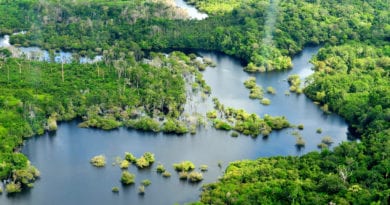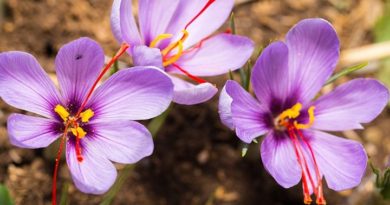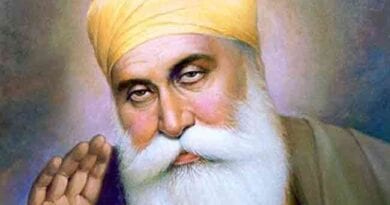Showa Day (昭和の日) 2020 – History and Significance
Showa Day (Showa no Hi), celebrated for the first time in 2007, is named after Hirohito (Emperor Showa) and falls on his day of birth, April 29. This day was previously proclaimed Greenery Day (Midori no Hi) in order to promote the Emperor’s appreciation of nature after his death in 1989. Greenery Day was moved to May 4 in 2007 and the Showa Day, April 29, became a day to honor the birthday of Emperor rule events.
This holiday is intended to promote public reflection on Hirohito’s challenging 63 years of reign.
“showa” 昭 (shou,しょう) meaning “shining” or “bright”, and 和 (wa, わ) which means “peace”. Together, it makes “enlightened peace”.
Emperor Showa was a biologist with extensive natural knowledge. Since World War II defeat, he sought to restore the greenery of a burned homeland, planting trees in different parts of the country from 1950 onwards. Emperor Heisei also planted trees and started land reforestation.
Showa Day also marks the start of a Golden Week, which takes place from 29 April to 5 May. Golden Week is one of Japan’s longest Holiday Periods. This is also one of the busiest holidays with many people taking their time off to enjoy a fresh spring (Weather).
Why 29th April is declared as Showa Day?
Emperor Showa died on January 7, 1989. Hence, the Crown Prince became the new emperor, Emperor Heisei’s birthday on December 23rd became new emperor’s birthday. Because April 29th wasn’t the Emperor’s birthday anymore, the holiday required changing the name. For Emperor Hirohito, an emperor who loved nature intensely, and Greenery Day was established in the memory of Emperor. Later, to ensure Emperor Hirohito and the Showa Era were not forgotten, the holiday was given its present incarnation — Showa Day.
Showa Day Celebrations in Japan
This day, many Japanese attend shrines to pray. Also on this occasion ,Street dancing is common with performers wearing traditional costumes that are colourful. In Tokyo, a gathering for Showa Day takes place at the Meiji Jingu Kaikan(明治神宮会館), which is part of the Tokyo shrine 明治神宮 (Meiji Jingu Shrine).




